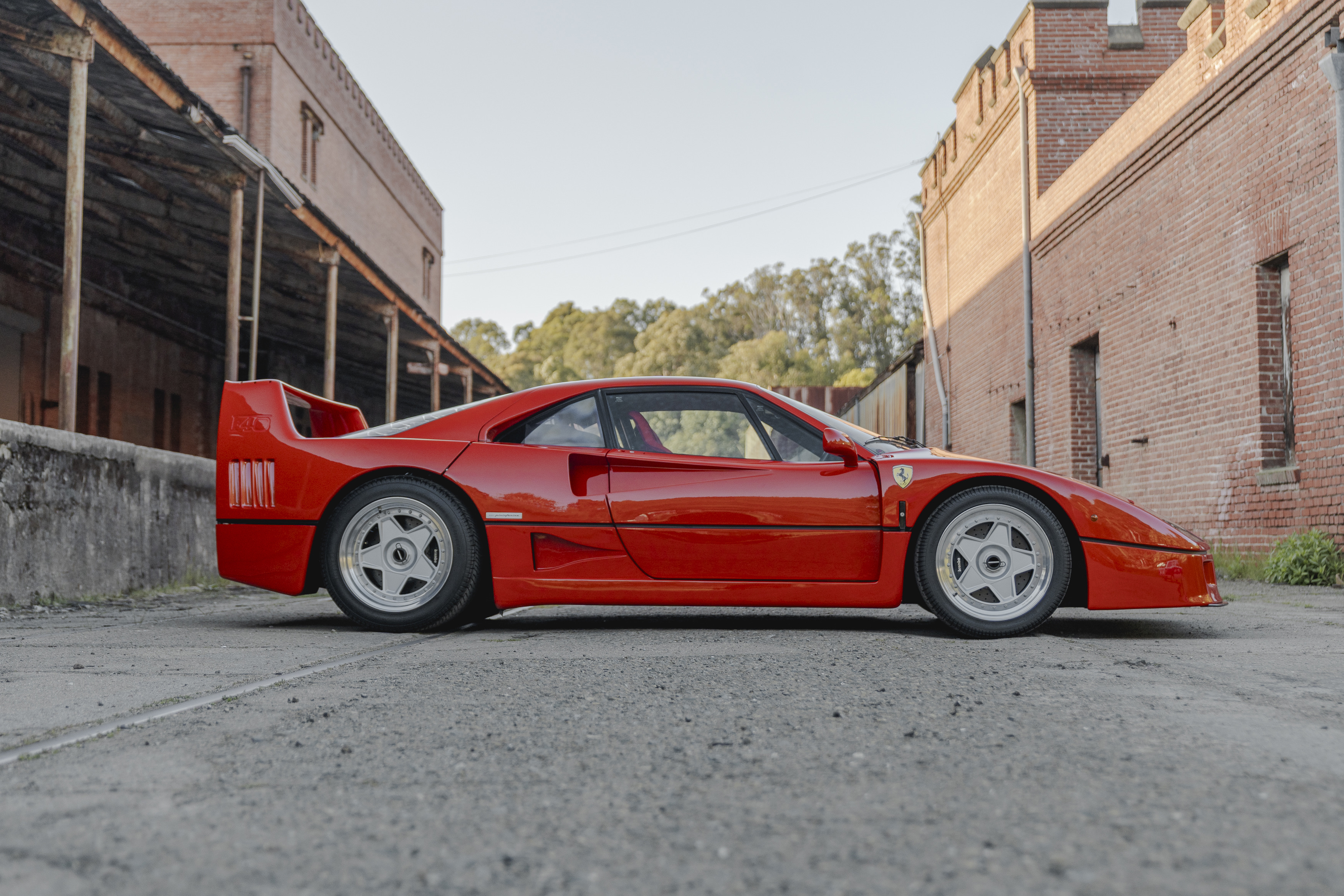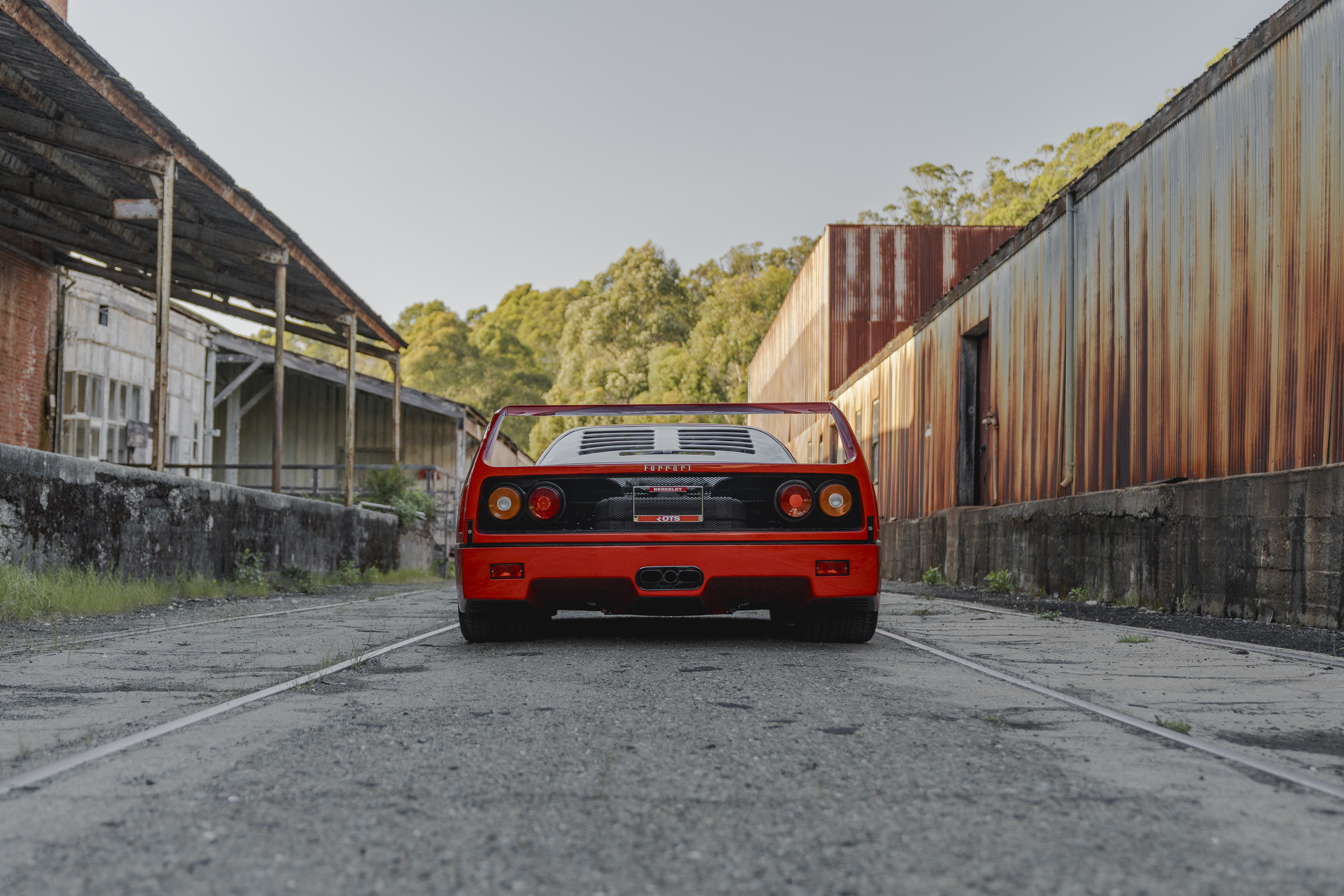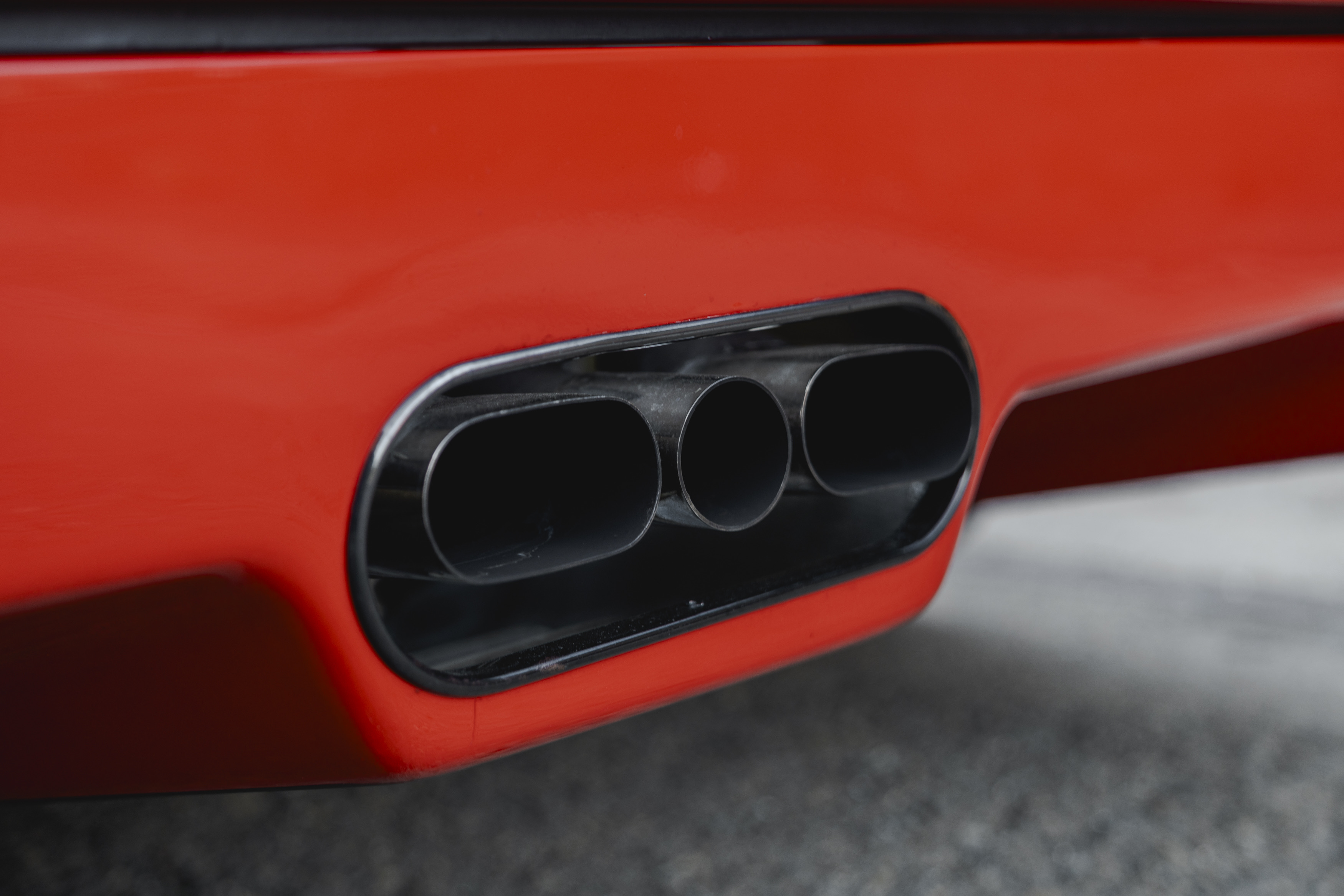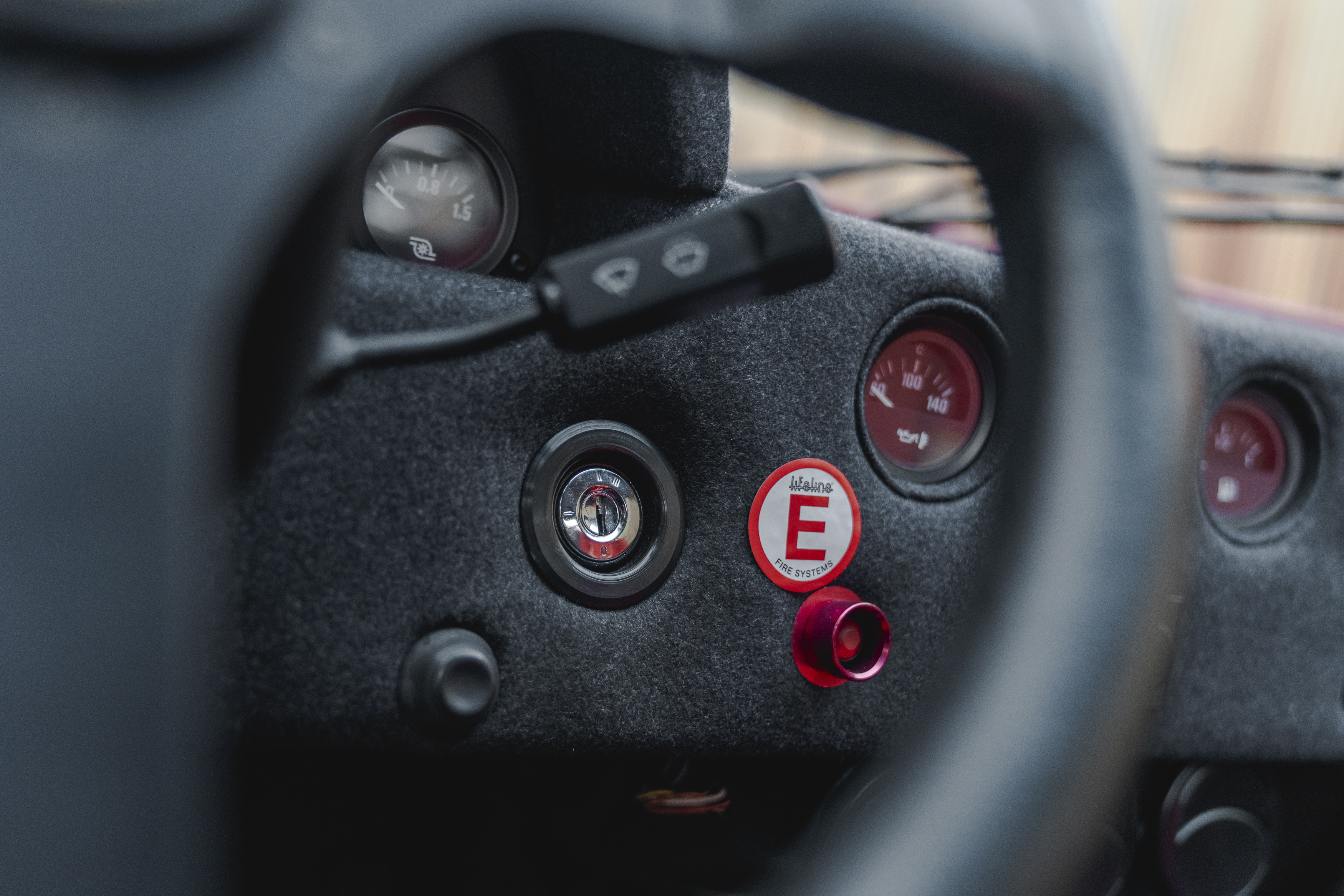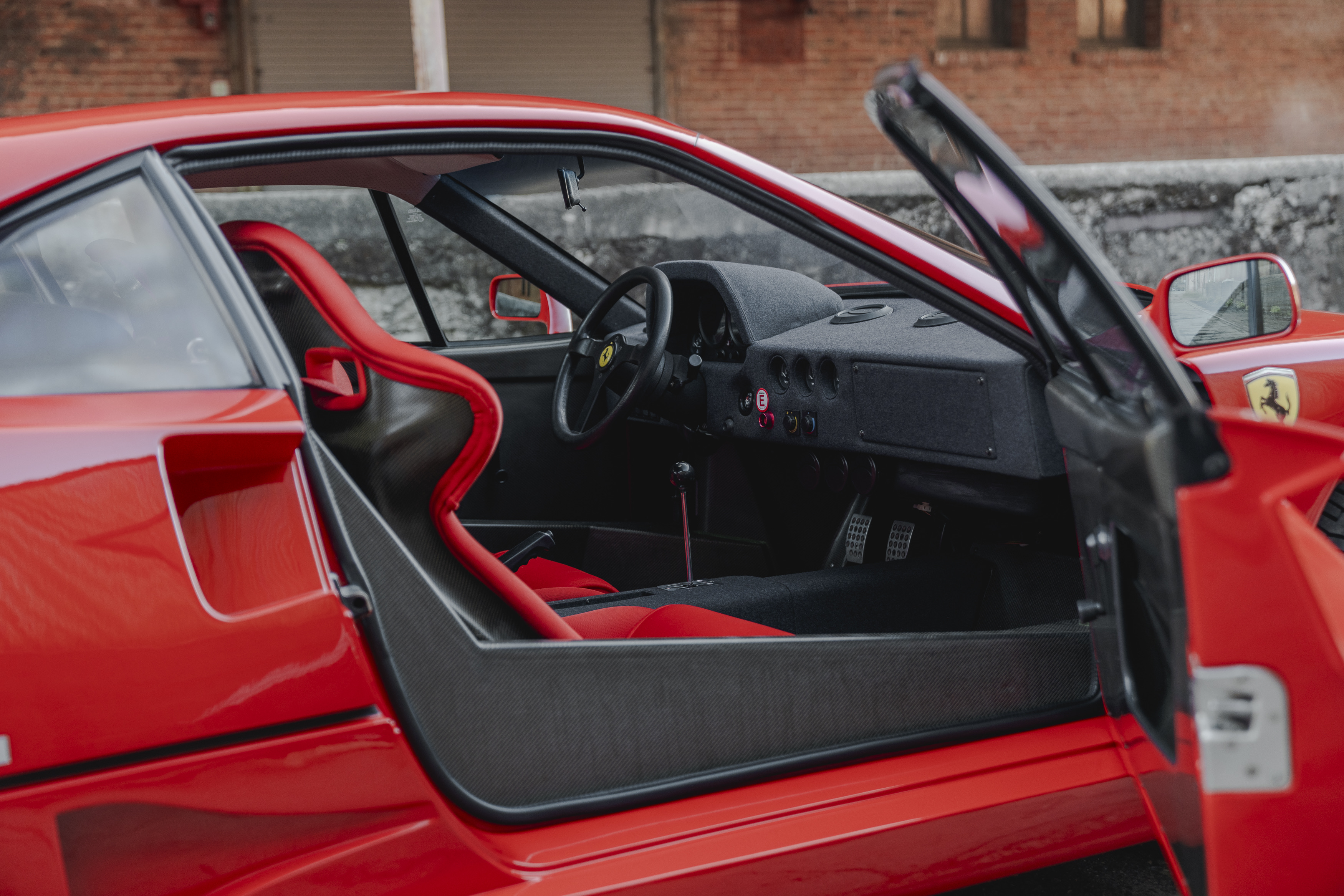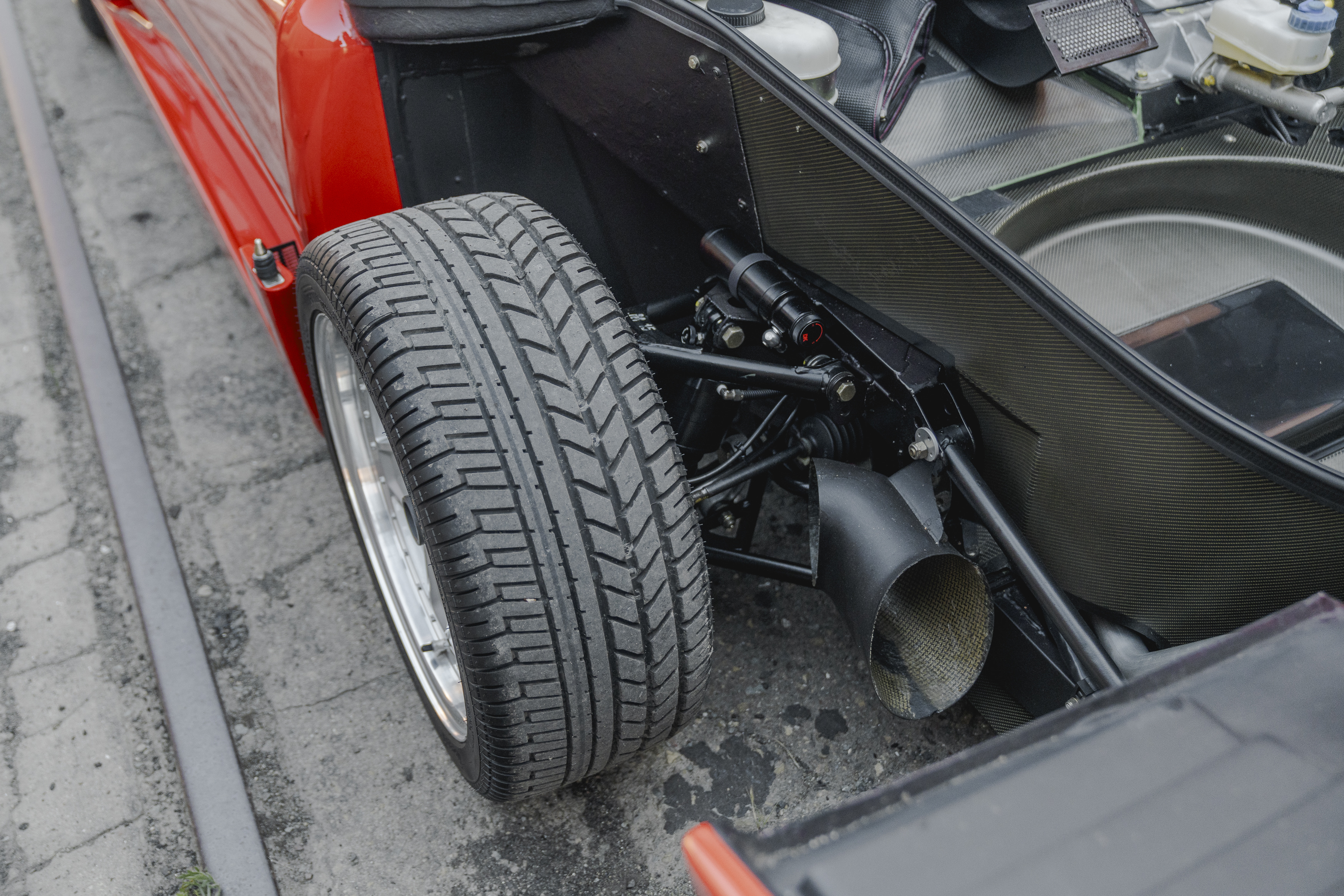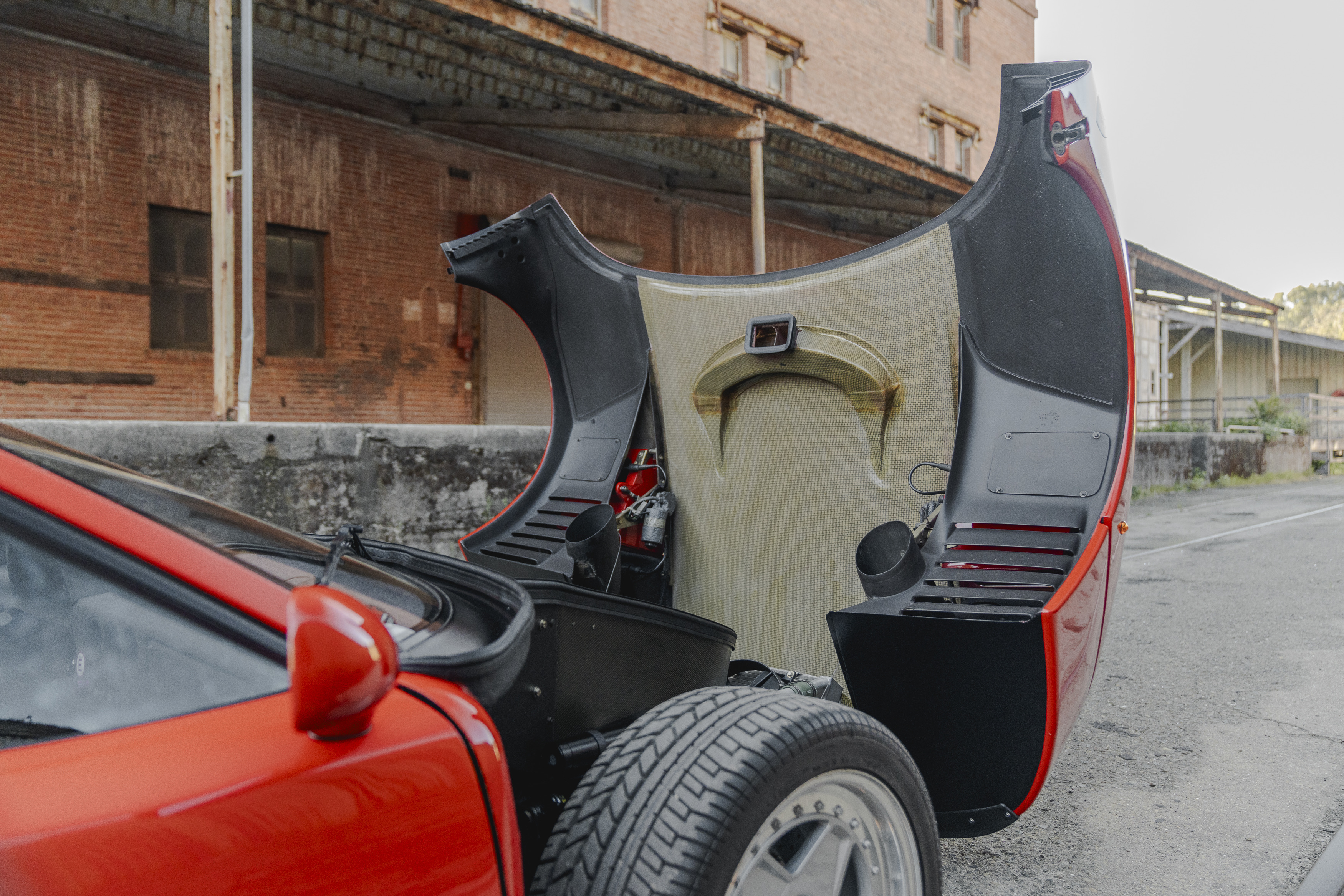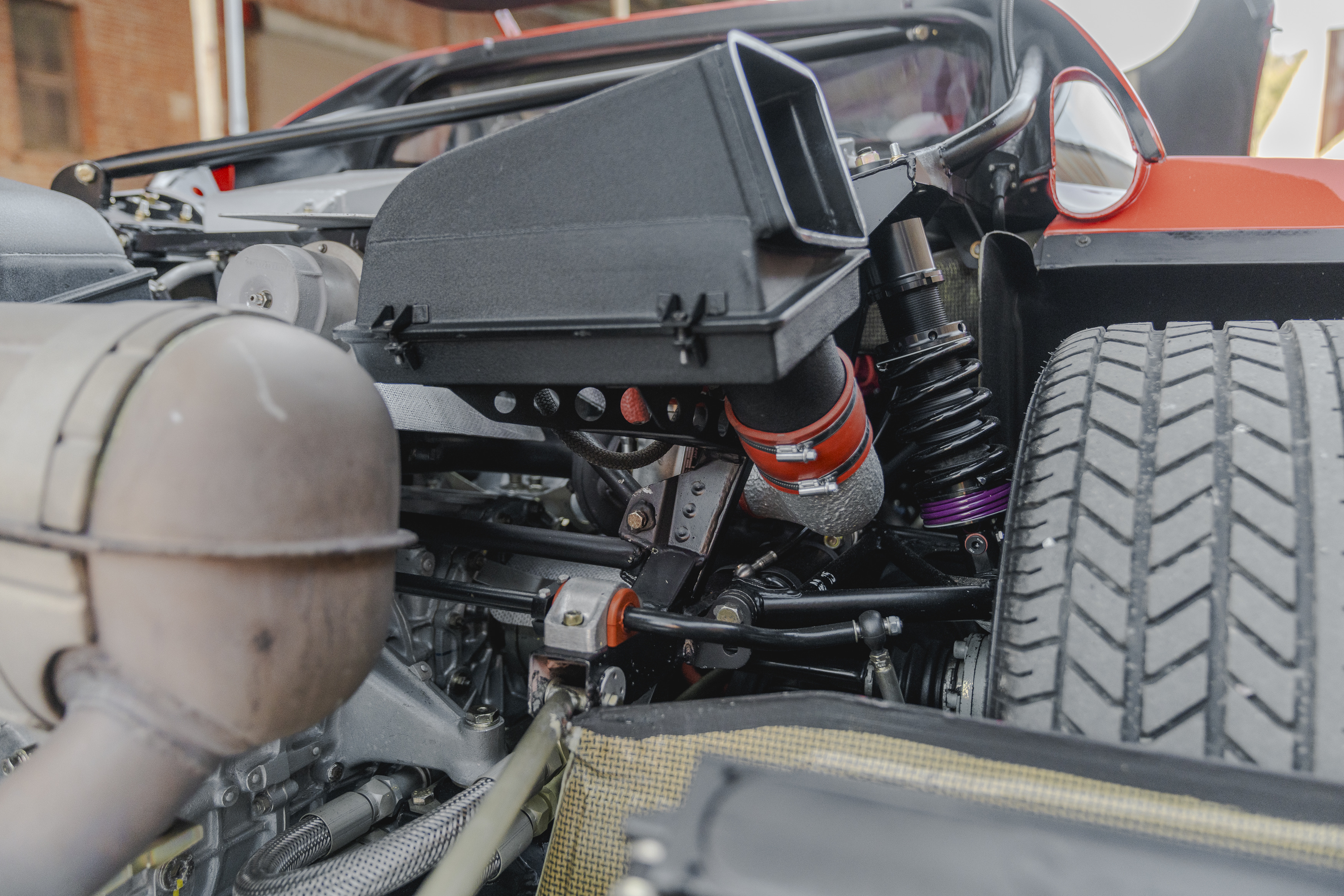
The F40 is exceptionally revered today because it embodies a set of characteristics that are very much gone from modern cars. It was very innovative when it arrived, incorporating composite construction and twin turbocharging, both characteristics shared with Porsche’s 959. The 959 went one step further, adding four wheel drive as well. Both were mind-bendingly high performance, but the similarities ended there. While the Porsche is luxuriously trimmed, impressively refined, and makes going fast a cinch, the F40 is something of a beast. It is a visceral, professional grade piece of driving equipment which requires a driver with exceptional skill and judgment and the resulting experience has a purity that the 959 simply does not match. For that reason, despite being about five times rarer, a 959 is worth appreciably less money than an F40 today.

The experience of the F40, both for the driver and aesthetically, is so singular, and it epitomizes what a Ferrari should be in virtually every respect. It fits into Ferrari’s history in a unique way: it is famously the last Ferrari that Enzo Ferrari personally approved prior to his death, and he sought to make it his legacy. As a result its ethos was quite different from other Ferraris of the era. The then flagship was the Testarossa, a high performance car to be sure, but one which was refined, comfortable, and luxurious by Ferrari standards. The F40 was much closer to the original Ferrari formula, employing race car technology with a Spartan execution that made its customer feel much closer to Grand Prix drivers than Ferrari had typically allowed. The F40 used a composite monocoque, which was on full display, without so much as any carpeting to cover it. The dashboard was trimmed in perlon, and the seats were carbon fiber shells trimmed with red fabric.

Opening the enormous clamshells revealed that the technology was a mix of old and new, using double wishbone suspension hanging from a tubular steel chassis. An upgraded version of the 288’s twin-turbocharged V8 provided 478 horsepower, enough to make the F40 among the fastest cars ever made at the time. Contemporary press agreed the car was exciting, although not every journalist thought this was good. These people are probably responsible for today’s most uninspiring two-pedal turbocharged supercars and should be ignored. One even had the temerity to complain that it was a thirty minute car, requiring a cool drink and a nap afterward. This is precisely the point of this car and an integral part of its magic. In an era where it is easy to go fast and there are many cars that do so effortlessly and cheaply, the F40 stands out as one of the most exciting automobiles ever made. It prioritizes experience from end to end, leaving all who interact with it unable to forget its personality.

This particular F40 is a European market example originally supplied in Italy. An early non catalyzed car, this F40 has been obsessively maintained by some of the world’s foremost experts on the model and is complete with books, tools, and extensive documentation.









